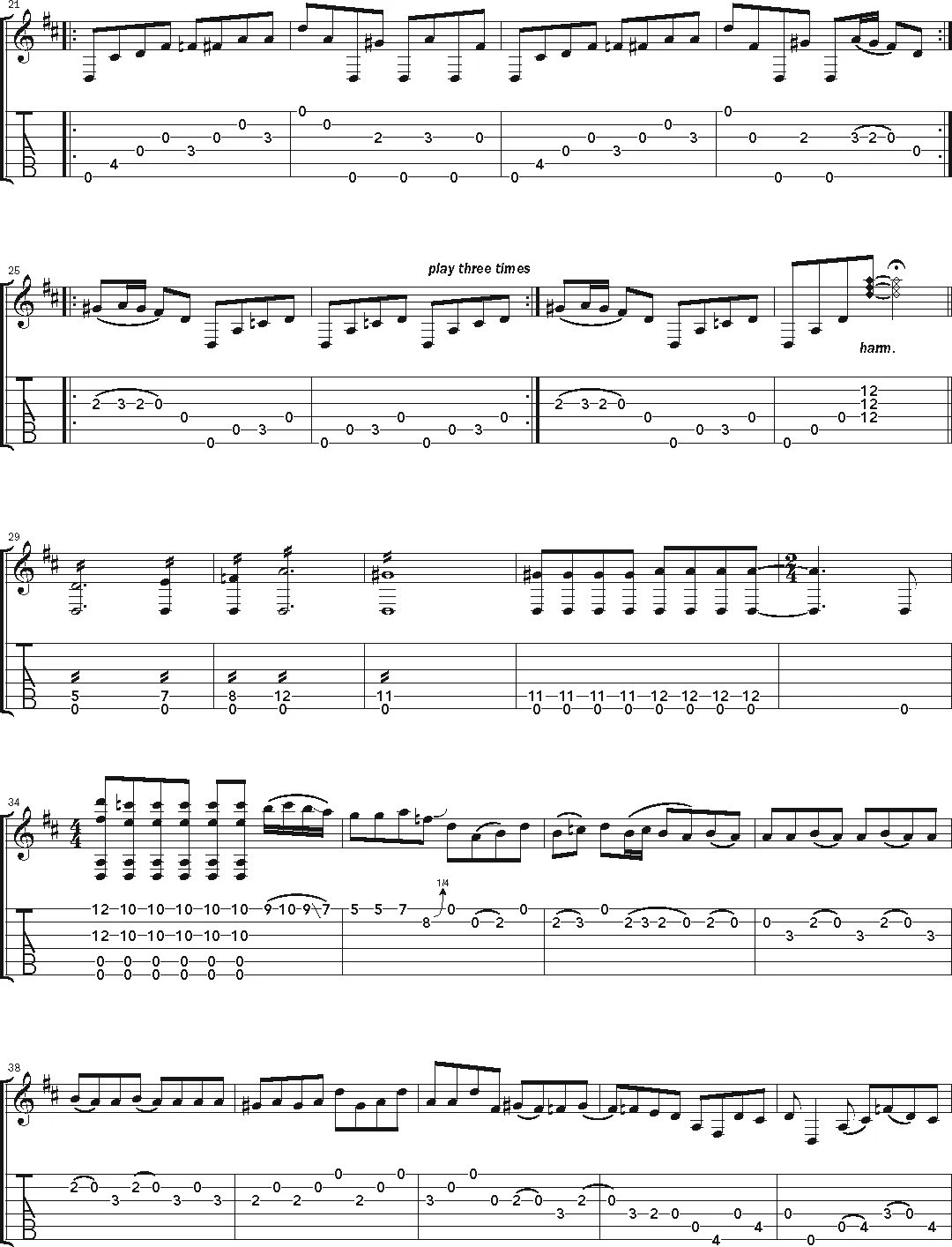Billy Strings, a celebrated name in contemporary bluegrass, offers a fascinating glimpse into his creative process with “Guitar Peace.” This instrumental piece, featured on his 2019 album Home, is not just a song; it’s an exploration of mood, texture, and innovative guitar playing, particularly in how he manipulates his Strings Guitar. The genesis of “Guitar Peace” is as intriguing as the music itself, sparked by an unexpected source of inspiration.
In January 2019, after a day in Nashville’s Blackbird Studio, Strings found himself watching Martin Scorsese’s documentary George Harrison: Living in the Material World. He was particularly struck by the segments featuring Ravi Shankar and Indian music. Strings noted how this music “comes from the soul and reaches down deep,” an ethos he aimed to capture in his own playing.
The very next day, this inspiration followed him back to the studio. During a lunch break, Strings picked up a vintage early-1940s Martin 000-28 guitar, a prized instrument present at the studio. He instructed his engineer, Glenn Brown, to keep the recording running. Experimentation was the order of the day. Strings opted for an unconventional tuning, added to the atmosphere with some cannabis, and sought to enter a creative flow state.
 Billy Strings Guitar Peace music notation sheet 2
Billy Strings Guitar Peace music notation sheet 2
Brown contributed to this sonic experiment by adding low, droning harmonium sounds. Against this backdrop, Strings embarked on a four-minute improvisation based on a riff that had taken shape in his mind. His approach to the strings guitar was multifaceted, incorporating techniques like tremolo picking for sustained, shimmering notes, cross-picking for rhythmic complexity, and string skipping to create wide melodic leaps. He moved fluidly between improvising with a loose, free time feel and locking into a more structured, metered rhythm. For Strings, it was about unfiltered expression: “I just wanted to play from my soul, make something up on the spot, and find weird things that worked. It was a total experiment.” The later addition of a Buchla synthesizer further enhanced the track’s unique, almost otherworldly sound.
For guitarists interested in learning “Guitar Peace,” Billy Strings utilizes an open D tuning as a foundation. Specifically, you need to tune strings 1 and 2 down a whole step to D, and string 3 down a half step to F#. If this tuning is new to you, spending some time simply exploring the altered fretboard landscape is beneficial. Rather than immediately tackling the entire transcription, focusing on the main riff, which appears in bars 13–16 of the notation, provides a solid starting point.
 Billy Strings Guitar Peace music notation sheet 4
Billy Strings Guitar Peace music notation sheet 4
A key characteristic of the riff, and indeed the entire piece, is its harmonic stability—there are no chord changes. The “Indian flavor” that Strings mentions arises partly from the emphasis on the raised fourth, the note G#. Developing a consistent and clean picking technique is crucial. Experiment to find the most effective combination of upstrokes and downstrokes for your style. Allow the notes to resonate together, creating a rich, sustained sound. In bar 14, where the riff moves between the sixth and third strings guitar, pay attention to avoid unintentionally striking the inner strings.
Once you’ve mastered the main riff at tempo, you can delve into variations such as those in bars 17–20 and 25–28. These sections introduce techniques like pull-offs and harmonics, adding further layers of texture and complexity. However, to truly capture the essence of “Guitar Peace,” improvisation is key. Strings encourages players to “reach into your heart and play what you feel. Play your guitar as if you’re humming a melody.” This approach to the strings guitar, focusing on emotional expression and spontaneous creativity, is at the heart of “Guitar Peace.”
